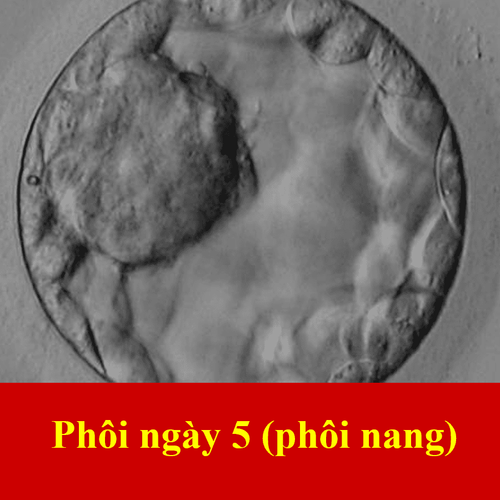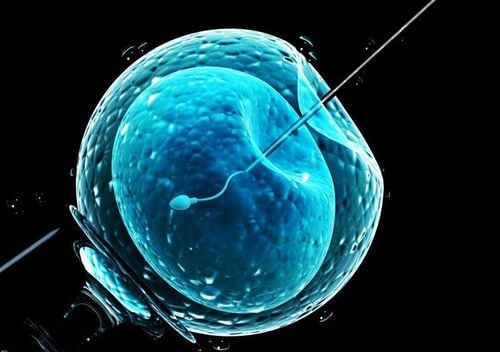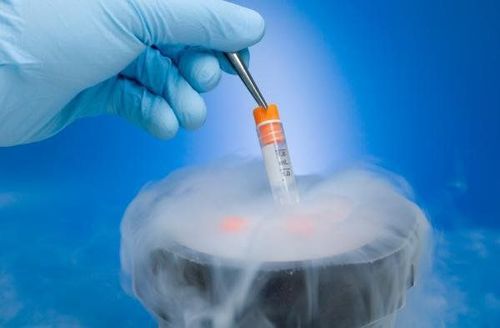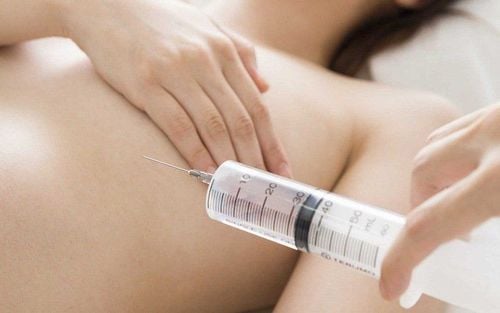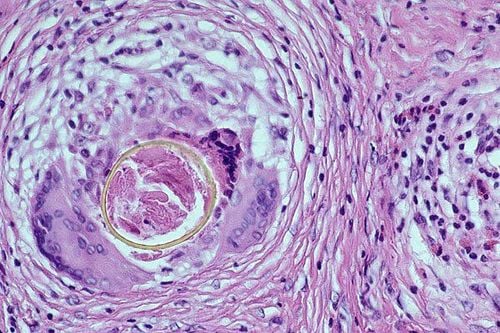This is an automatically translated article.
Video content is professionally consulted by MSc, BS. Nguyen Thi Nhu Trang, Reproductive Support Center, Vinmec Times City International General Hospital
Diagnosis and genetic testing before embryo transfer in infertility treatment is one of the necessary jobs, helping to improve efficiency in reproductive health care, and supporting infertility treatment for families. or reduce the risk of having a baby with a genetic disease.
When there is no technique for preimplantation embryo screening, the selection of embryos is based only on morphology without knowing the genetic nature of the embryo, which increases the failure rate of IVF due to the transferred embryos. have a genetic abnormality or are at risk of multiple pregnancies because your doctor has to transfer multiple embryos at once.
Preimplantation embryo screening or IVF embryo screening is a job that helps analyze the genetic nature of embryos to select morphologically and genetically normal embryos, ensuring a high probability of success, and reducing the number of embryos. in a single transfer, reducing the rate of multiple pregnancies and preventing the birth of children with genetic diseases or the rate of forced termination of pregnancy due to genetic defects. Preimplantation genetic testing techniques are used prior to embryo transfer.
The first step to performing preimplantation embryo screening is to perform an in vitro fertilization process that includes egg retrieval and insemination with sperm in a laboratory. Embryos will be raised in an embryo incubator until day 5. Next, the doctor will perform the following steps:
First, the doctor will perform an embryo biopsy on day 5 by taking 3-5 cells. embryonic cells. Day 5 embryos have more than 150 cells, so this embryo biopsy does not affect the quality of embryos. This embryo is then frozen. The embryo biopsy sample will then be taken to a genetics lab to identify abnormalities in the embryo's chromosomes, if any. The embryo biopsy will take at least a week.
Once the doctor has determined that the embryo has no genetic problem, the embryo will be placed in the uterus and wait for the embryo to implant, then check the mother is pregnant or not. From egg retrieval to conception, preimplantation screening can take up to several weeks and includes: This includes egg retrieval, artificial insemination, 3-5 days for the embryo to develop. development, 1-2 weeks of genetic testing and embryo transfer. Therefore, couples should know the schedule to follow the procedure advised by the doctor.
Today, embryo biopsy has also been used for the purpose of selecting the sex of the fetus. However, removing embryos based only on sex is related to ethical issues and in Vietnam, choosing the sex of the fetus is illegal due to the imbalance of sex and many consequences later.
Here are some of the benefits of doing preimplantation screening correctly:
More than 100 different genetic diseases can be screened. The technique is performed before the embryo is implanted in the uterus, thus allowing couples to decide if they want to continue with the pregnancy. Allows infertile couples to have healthy children. In fact, many people do not know what an embryo biopsy is or what an embryo biopsy is for, but this is a very important step in infertility treatment that any couple should learn. .
Please dial HOTLINE for more information or register for an appointment HERE. Download MyVinmec app to make appointments faster and to manage your bookings easily.





